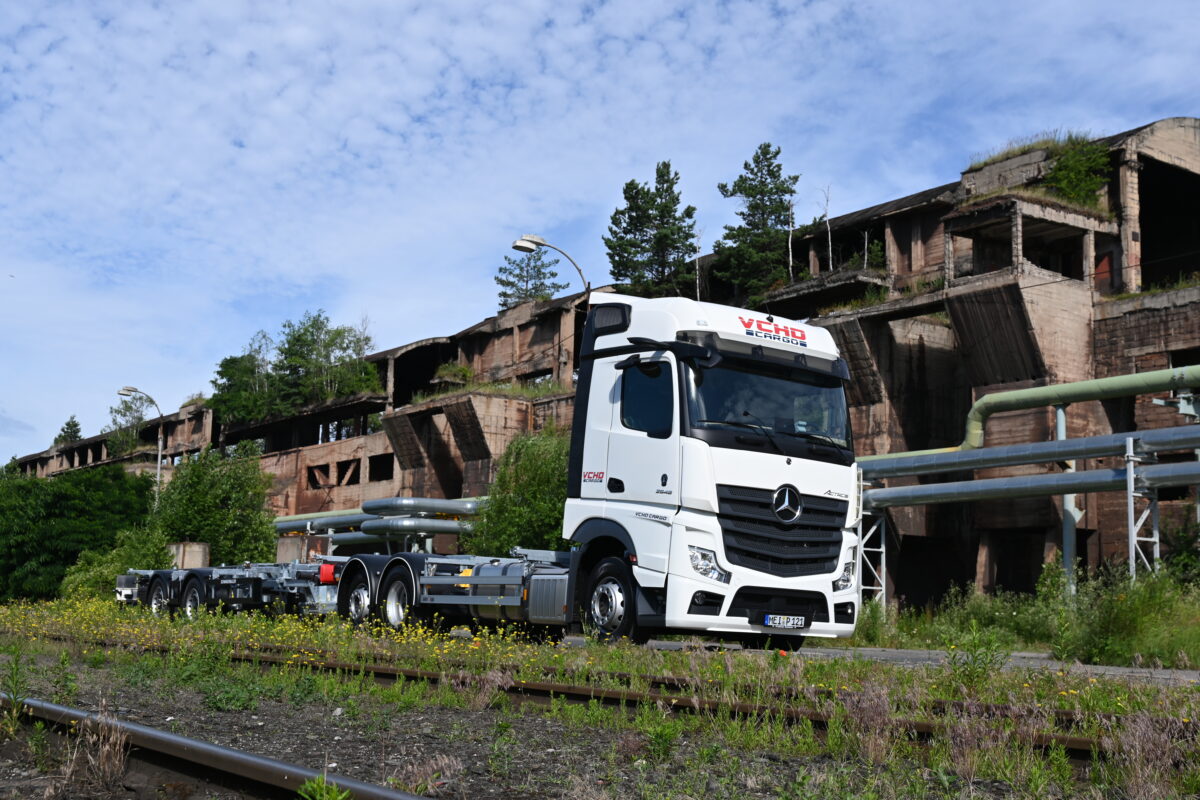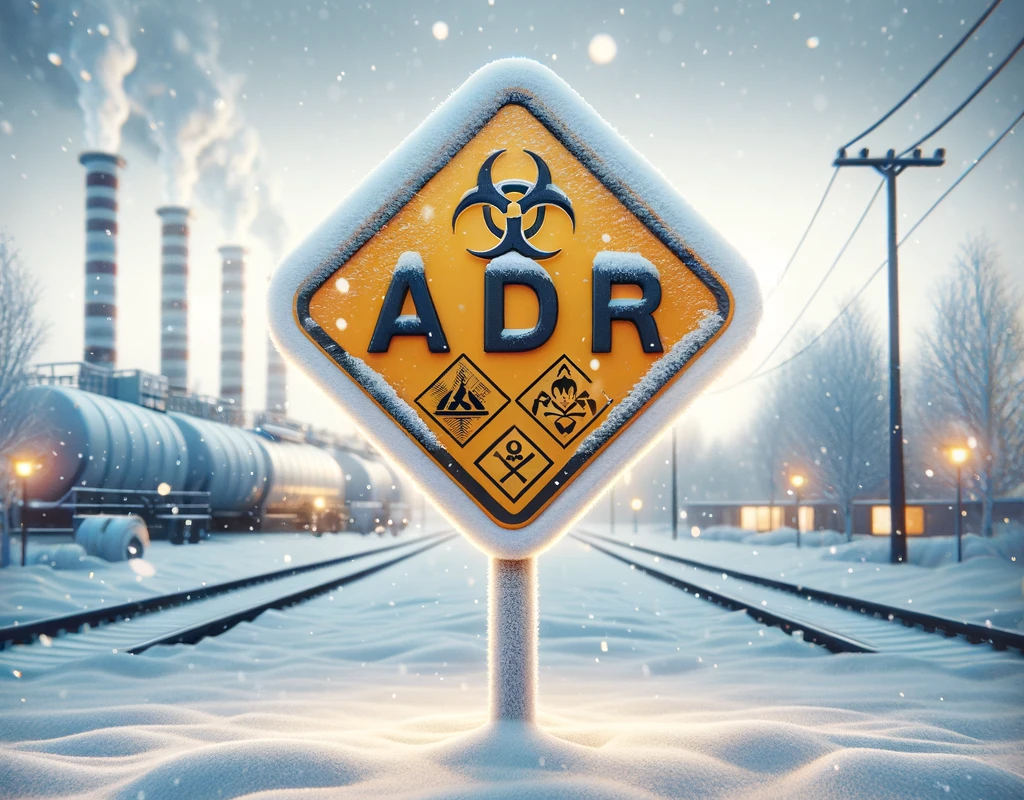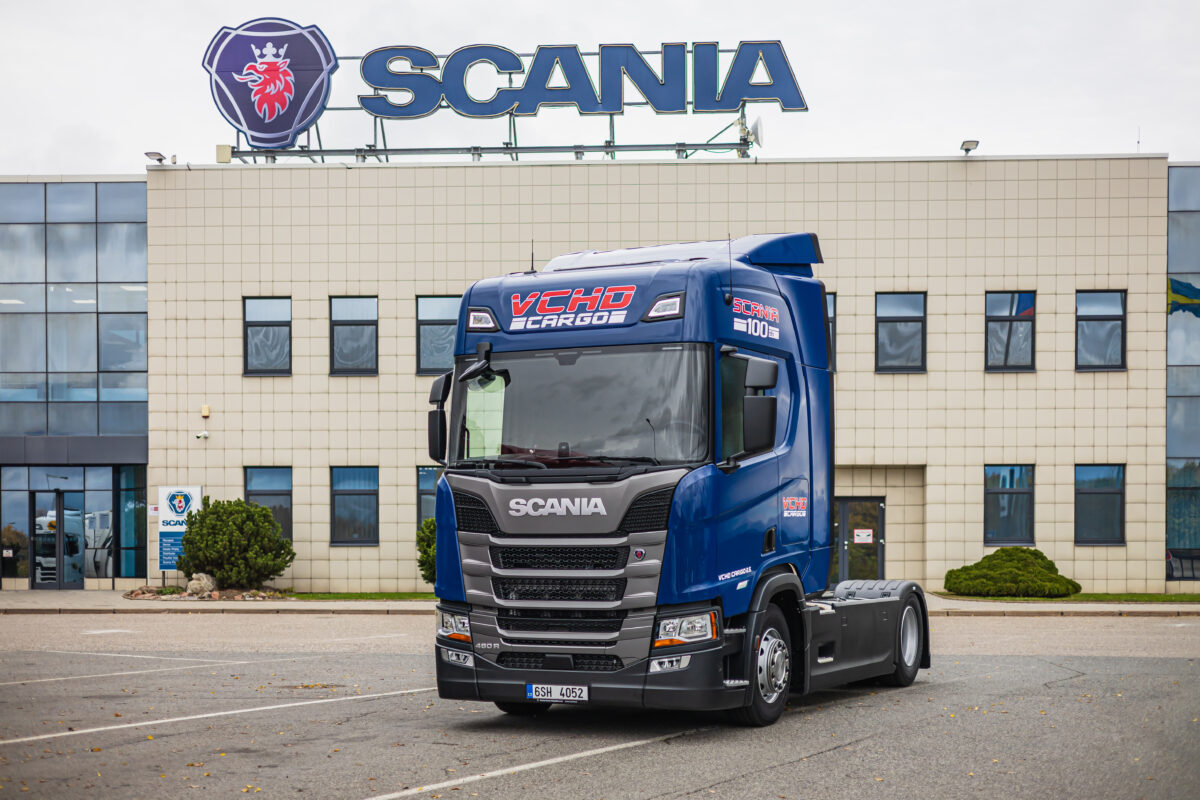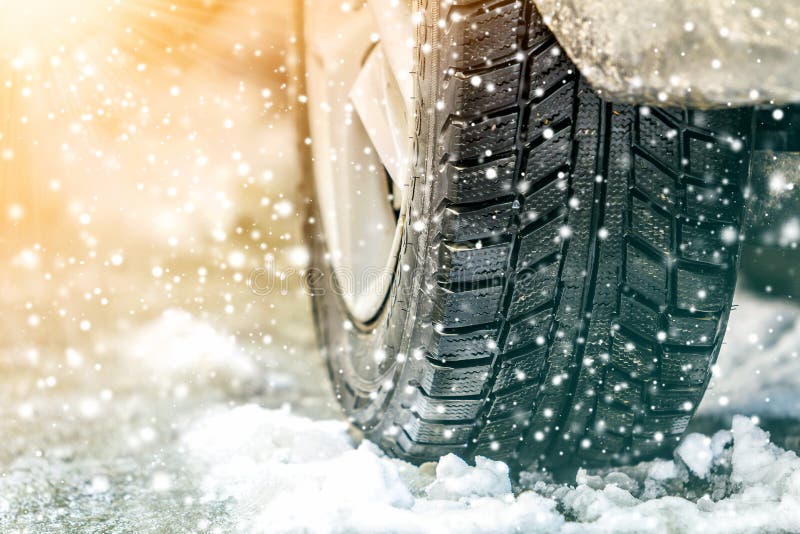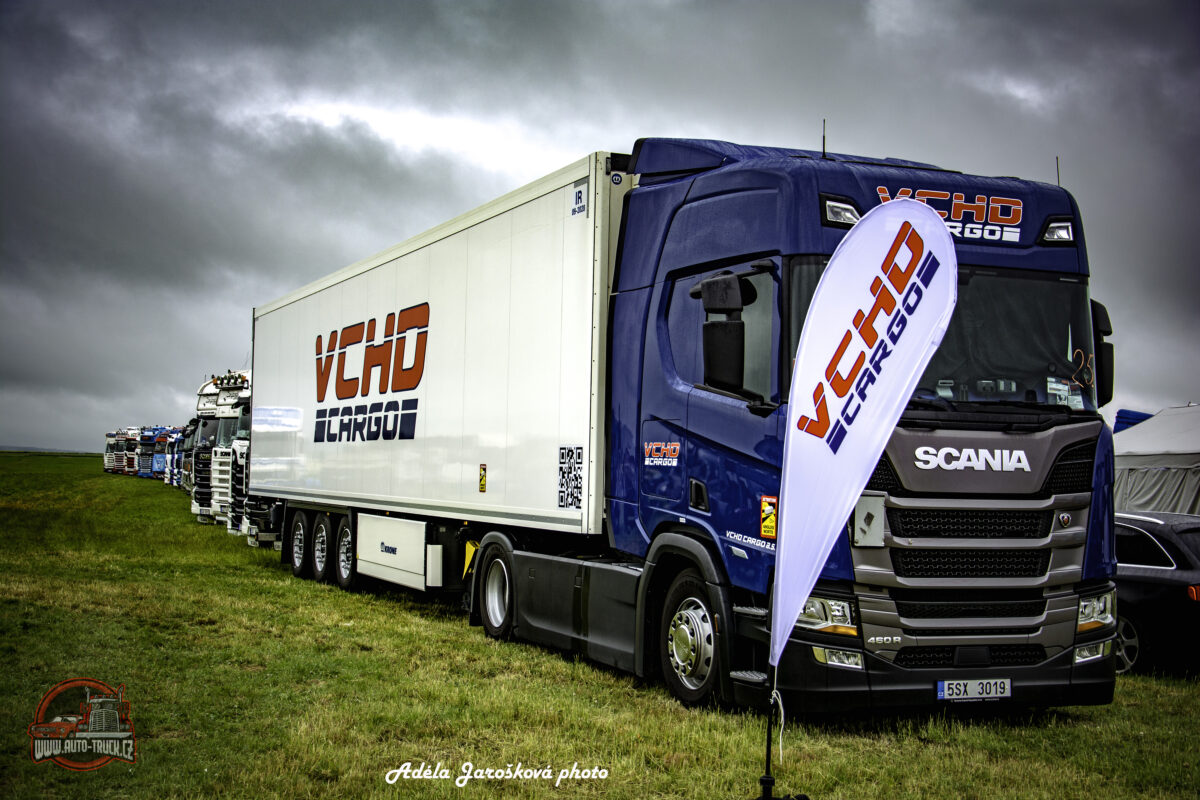[tm-heading h2=” ” reverse_heading=”true” css_animation=”fadeInLeft”
When setting up a quality supply chain for shipments of hazardous goods, safety is the top priority. It’s a demanding, never-ending process that requires strict adherence to international regulations and agreements, and experienced drivers.
Hazardous goods are classified under the ADR agreement and can include various substances and materials, from chemicals and fuels to explosives. This also includes common consumer products like cosmetics, some food items, laundry detergents, paints, etc., essentially any products that due to their properties can pose a risk to health, safety, property, and the environment during transport.
All personnel handling hazardous goods must be properly instructed and trained. Drivers must complete accredited training. This varies depending on the type of transport (transport of hazardous goods in packages, in bulk, and in tankers) and the classification of the hazardous goods. Upon successful completion, they receive an ADR driver training certificate valid for 5 years. In the final year of its validity, the driver must attend a two-day refresher course to extend its validity. “We devote maximum effort to educating our drivers, even beyond mandatory training,” clarifies Ing. Petr Kozel, CEO and Chairman of the Board of VCHD Cargo a.s., adding, “a great deal of responsibility lies on them, as they are the last link before the actual transport and must check numerous technical and administrative details.” In the logistics of hazardous materials, the carrier indeed bears the greatest responsibility. A driver is authorized to load goods defined in the ADR agreement only into a suitable vehicle, properly equipped with prescribed equipment and documents, and marked with safety labels. They must oversee proper loading, unloading, securing, and handling of hazardous goods, check the integrity of packaging, and are responsible for correctly filled accompanying documents of the transported cargo. “Due to the shortage of qualified professional drivers in the labor market, we make every effort to ensure our drivers are satisfied, and we have established an onboarding system for newcomers who often don’t come from driving schools properly prepared for real practice,” states Petr Kozel.
The transportation, handling, and storage of chemical and hazardous substances also require traceability of vehicles transporting the cargo, movement of logistics units or specific products, boxes or packaging, their receipt, consumption, or de-stocking, and the history of responsible workers who handled these substances. VCHD Cargo uses sophisticated IT systems for these purposes, which extend into the personnel aspect and preemptively notify the need to renew ADR exams for each specific driver.
The company also uses IT for setting routes of regular line connections, which it specializes in, as ADR transportations have their specifics – routes must be diverted, for example, from tunnels or water sources.
A special chapter in the transportation of hazardous goods are the vehicles themselves. VCHD Cargo carries out full-load shipments of goods of classes 2–6 and 8–9 according to the ADR classification and uses its entire fleet for these orders, including so-called frigo trailers, which additionally allow the transport of hazardous substances in a controlled temperature regime. All 330 tractors and trailers are equipped for ADR goods transport, and all vehicles comply with the highest emission standard EUR VI.
According to VCHD Cargo, what are the most common mistakes? “In ADR transportations, we often struggle with poor or insufficient packaging of dangerous products and missing or incomplete documentation,” states Petr Kozel, adding, “therefore, we try to establish the right processes with our customers from the beginning of our cooperation to avoid such unexpected situations. Setting the right processes is the alpha and omega of timely and safe delivery in ADR transportations.”

